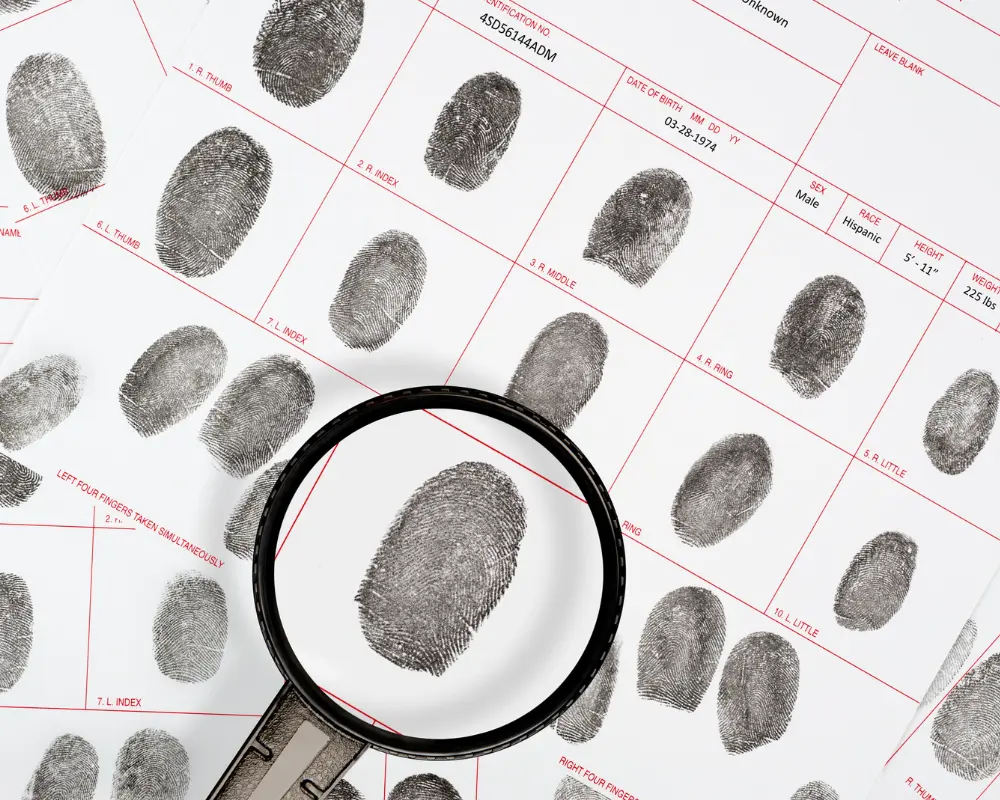In the world of forensic science, fingerprints stand as one of the oldest and most reliable means of identification. The unique ridge patterns on our fingertips have been a crucial tool for solving crimes, confirming identities, and even securing personal devices. However, as technology advances and our understanding of forensic science deepens, questions about the longevity of fingerprints arise. How long do fingerprints last? Can they endure the test of time, environmental factors, and human activities? In this comprehensive exploration, we delve into the fascinating world of fingerprints, examining their durability, the science behind their persistence, and the implications for criminal investigations.
The Basics of Fingerprints:
To understand the lifespan of fingerprints, it’s essential to first grasp the basics of what fingerprints are and how they are formed. Human fingerprints result from the unique ridge patterns on the skin’s friction ridges, which are formed during fetal development. These ridges serve various functions, including enhancing grip and sensitivity. Interestingly, the distinctiveness of fingerprints is what makes them invaluable in forensic identification.
Formation and Composition of Fingerprints:
Fingerprints are primarily composed of sweat, oils, and skin cells. The eccrine glands, responsible for producing sweat, play a crucial role in depositing these substances onto the skin’s surface. The combination of these elements forms a unique pattern that remains consistent throughout an individual’s life. Understanding the composition of fingerprints is vital to unraveling the mystery of their longevity.
Factors Influencing Fingerprint Longevity:
Several factors come into play when considering how long fingerprints can last:
Surface Type:
Different surfaces have varying levels of porosity and texture, influencing how well a fingerprint adheres. Non-porous surfaces, such as glass and metal, tend to preserve fingerprints better than porous ones like paper or fabric.
Environmental Conditions:
Weather, humidity, and temperature can significantly impact the lifespan of fingerprints. Harsh environmental conditions, such as extreme heat or heavy rain, may accelerate the degradation of fingerprints.
Time:
The duration a fingerprint has been present on a surface is a critical factor. Fresh fingerprints are often more distinguishable and longer-lasting than aged ones.
Human Activities:
The activities individuals engage in can affect the persistence of their fingerprints. Factors like handwashing, exposure to chemicals, and physical wear and tear all play a role in determining how long a fingerprint will remain identifiable.
Forensic Techniques for Fingerprint Analysis:

Forensic scientists use a variety of techniques to recover and analyze fingerprints. These techniques range from traditional methods like dusting and lifting to more advanced technologies such as chemical development and laser imaging. Understanding these methodologies is crucial to comprehending how long fingerprints can be reliably detected and utilized in criminal investigations.
Dusting and Lifting:
Traditional fingerprinting methods involve dusting a surface with fine powder and then lifting the developed prints using adhesive tape. This approach is effective on smooth, non-porous surfaces.
Chemical Enhancement
Chemical methods involve treating surfaces with substances that react with components of the fingerprint, making it more visible. Techniques like cyanoacrylate fuming and ninhydrin spraying have proven successful in enhancing the visibility of latent prints.
c. Laser Imaging:
Advanced technologies like laser systems can reveal latent prints on challenging surfaces. These methods offer increased sensitivity and precision in identifying fingerprints.
Real-World Applications and Case Studies:
Examining real-world scenarios and case studies, often done by Private Investigators, provides practical insights into the lifespan of fingerprints. High-profile cases and instances where fingerprints have played a crucial role in solving crimes illustrate the enduring nature of these unique identifiers.
Challenges and Limitations:

Despite their widespread use in forensic and private investigations, fingerprints are not infallible. Challenges such as contamination, degradation over time, and the potential for false positives highlight the limitations of relying solely on fingerprints for identification.
Future Trends in Fingerprint Analysis:
As technology advances, so does the field of fingerprint analysis. Emerging trends, such as the use of artificial intelligence in pattern recognition and 3D imaging techniques, offer new avenues for improving the accuracy and reliability of fingerprint identification.
Also Read: Hiring a PI
Conclusion:
In the ever-evolving landscape of forensic science, fingerprints continue to be a cornerstone in criminal investigations. Understanding the factors that influence the lifespan of fingerprints is crucial for law enforcement professionals, forensic scientists, and anyone intrigued by the intricate world of forensic identification. As we delve into the science behind fingerprints and the techniques used to recover them, we gain a deeper appreciation for the enduring imprint that has shaped the course of countless investigations and courtroom dramas. The mystery of how long fingerprints last is far from fully unraveled, but the journey into this captivating realm is a testament to the enduring significance of these tiny, intricate patterns on the tips of our fingers.


